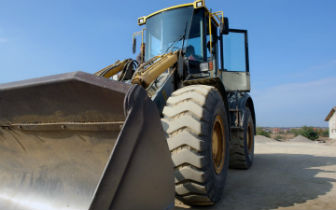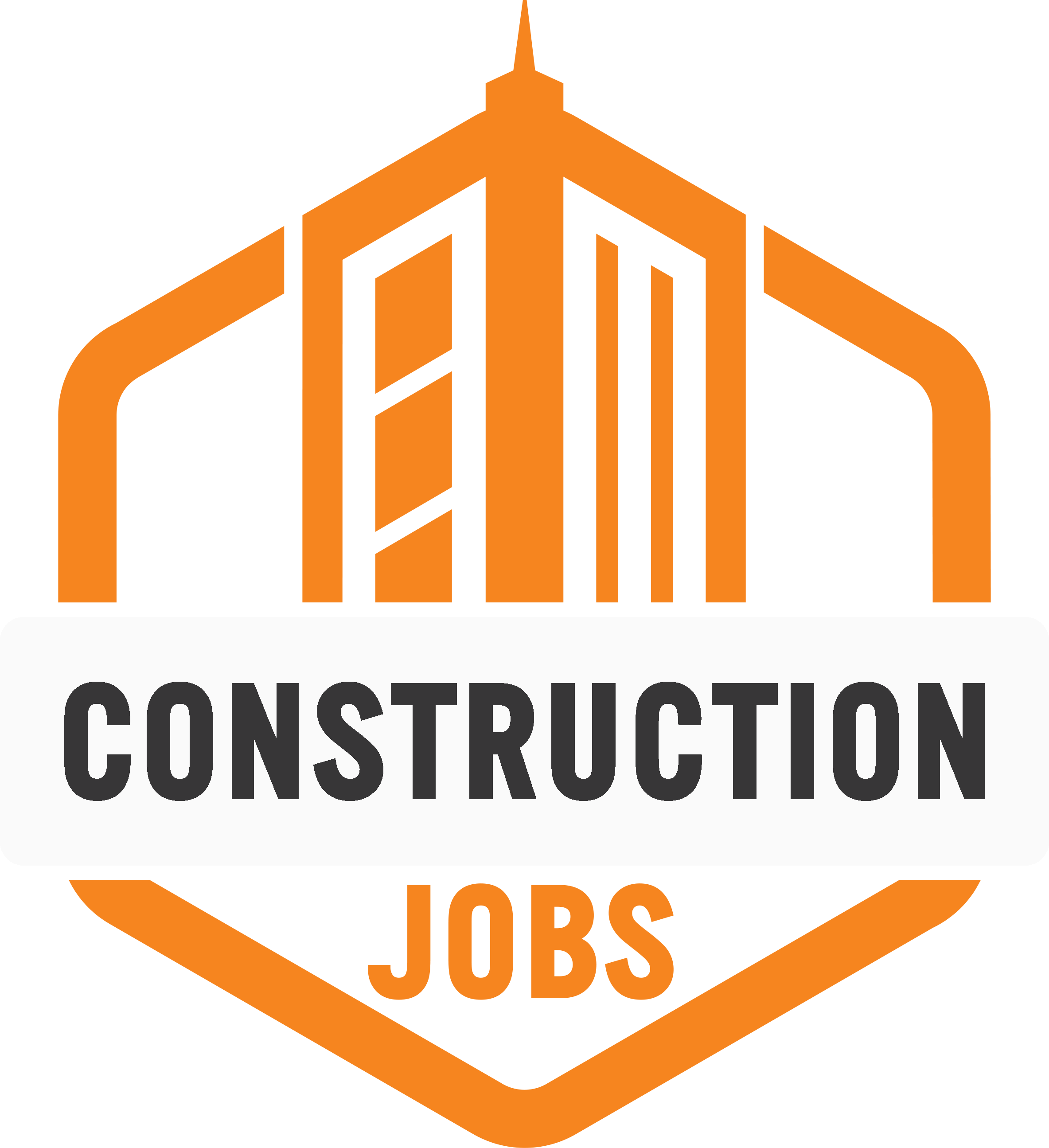Safety Checklist for Heavy Equipment Operators on Construction Sites
Safety checklist for construction equipment operators: training, equipment checks, load handling, ground worker safety, maintenance.

Safety Checklist for Heavy Equipment Operators on Construction Sites
On a construction site, it is inevitable to work on heavy equipment and loads. Any careless mistakes can result in an injury or loss of life in a worst-case scenario. But all this can be avoided by being thoughtful and vigilant. Therefore, we compiled a safety checklist for heavy equipment operators on a construction site. This list can help you to set up an effective safety system.
Safety Checklist for the Period Before Operating Heavy Equipment
- Arrange training for all the construction workers on the dangers of working on heavy equipment.
- Make sure to check proper grounding, circuit breakers, and ground fault interrupters.
- Be aware of the mechanisms of all equipment so that you can eliminate any minor issues yourself and assess the efficiency level of the equipment.
- Provide special training to spot any electrical hazards and their prevention.
- Understand the mounting and dismounting of equipment. You must be fully aware of the three contact points involved.
Safety Checklist for Working Around Heavy Equipment
- Check the machine thoroughly before a worker starts working on it.
- Ensure that the maintenance schedule is followed for the equipment.
- Thoroughly check all the attachments, circuit breakers, and GFCI breakers of earth-moving equipment before starting it.
- Don’t leave the machine on an inclined slope when not in use; it can set it in motion.
- When you put equipment aside after use, check whether its pressure from the hydraulic controls is released. Also, make sure that its lever and brakes are in a neutral position.
Safety Checklist for Dealing with Loads
- Ensure that all workers receive comprehensive guidance on how to handle different measures of load.
- Make sure each worker also knows how to set a swing radius.
- Never exceed lift capacities and payloads. Instead, keep loads slightly lower than the capacity to be on the safe side.
- Check the riggings before lifting any load.
- Perform all the loading and unloading on ground level to avoid any safety hazards to humans and materials.
Safety Checklist for Ground Workers
- Educate ground workers on blind spots, which can be a significant safety concern.
- Ensure that all the workers wear dark or florescent colored uniforms. This is vital because it guaranteeshigh visibility of workers on a construction site for heavy equipment operators.
- Require PPEs to be worn by all workers, heavy equipment operators, and visitors on a construction site.
- Clearly mark the area where heavy equipment will be driving and hauling.
- Make sure that no worker or operator walks under a heavy load inside a swing radius.
- Provide uninterrupted radio contact between operators of heavy equipment and others working on the site to avoid any mishaps.
Safety Checklist for Maintenance of Surroundings
- Check heavy equipment daily for the following:
- Backup alarm
- Operator controls
- Functional lights
- Fluid levels
- Other safety features
- Check all heavy and non-heavy machines for any loose connections, wear and tear, leaks, damage, etc.
- Keep equipment shut down from the main power line when not in use.
- Perform preventive maintenance according to the manufacturer’s instructions for all equipment.
- Adhere strictly to all tag-out and lock-out procedures while maintaining equipment.
Conclusion
These safety checklists can help heavy equipment operators and their surrounding workers. We hope you are already following most of them and will add some new ones to your list from here. But only keeping a checklist is not enough. All the safety norms for working around heavy equipment should be followed diligently onsite by every worker. It would be best to assign safety compliance duties to a responsible and knowledgeable person.
Author bio:
Jeson Pitt works with the marketing department of D&F Liquidators and regularly writes to share his knowledge while enlightening people about electrical products and solving their electrical dilemmas. He's got the industry insights that you can count on, along with years of experience in the field.
- Share This →

